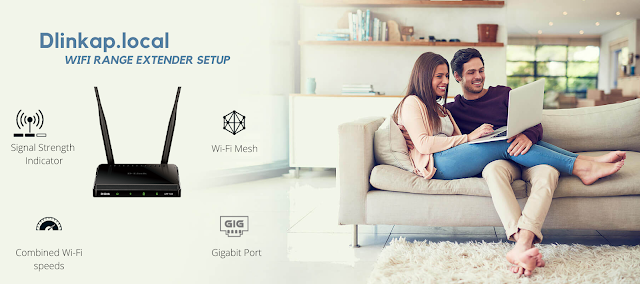How to Access Your D-Link Router Settings using Dlinkrouter.local
Are you looking to configure your D-Link router and access its settings? Look no further! In this article, we will guide you through the process of accessing your D-Link router settings using Dlinkrouter.local. With this straightforward step-by-step guide, you'll be able to customize and optimize your router's functionality to suit your needs.
Step 1: Connect to Your D-Link Router
To begin, ensure that your computer or device is connected to your D-Link router. You can do this by establishing a wired or wireless connection, depending on your preference. Once connected, open a web browser of your choice.
Step 2: Access the Dlinkrouter.local Web Address
In the address bar of your web browser, type "Dlinkrouter.local" and press Enter. This web address is used to access the D-Link router's configuration page.
Step 3: Enter Your Login Credentials
After accessing the Dlinkrouter.local web address, you will be directed to the login page of your D-Link router. Here, you need to enter your login credentials to proceed. If you haven't changed the default login information, you can find it in the user manual or on the sticker attached to the router. Enter the username and password, and click on the "Login" button.
Step 4: Navigate the Router Settings
Once you have successfully logged in, you will gain access to the 192.168.0.1 login settings interface. This interface provides various options and configurations to enhance your network's performance and security.
Step 5: Customize Your Router Settings
Now that you have access to the router settings, you can begin customizing them according to your preferences. Here are some essential settings you might want to consider:
1. Wireless Settings
Under the wireless settings, you can modify the network name (SSID), password, encryption type, and channel. Ensure that you choose a strong password to protect your network from unauthorized access.
2. Network Security
Take a moment to review the security settings of your router. Enable encryption protocols such as WPA2 (Wi-Fi Protected Access 2) to secure your wireless network. You can also set up a guest network if you want to provide limited access to your network for visitors.
3. Port Forwarding
If you need to access specific services or applications from outside your network, consider setting up port forwarding. This feature allows incoming traffic on specific ports to be directed to a particular device within your network.
4. Parental Controls
For families, implementing parental controls can help ensure a safer browsing experience for children. Use the router settings to restrict access to certain websites or set up time limits for internet usage.
Conclusion
Congratulations! You have successfully accessed your D-Link router settings using Www.dlinkrouter.local. By following the steps outlined in this article, you can now optimize and personalize your router's configuration to meet your specific requirements. Remember to save any changes you make and periodically review and update your settings to keep your network secure and efficient. Enjoy seamless connectivity and a smooth online experience with your customized D-Link router!



Comments
Post a Comment